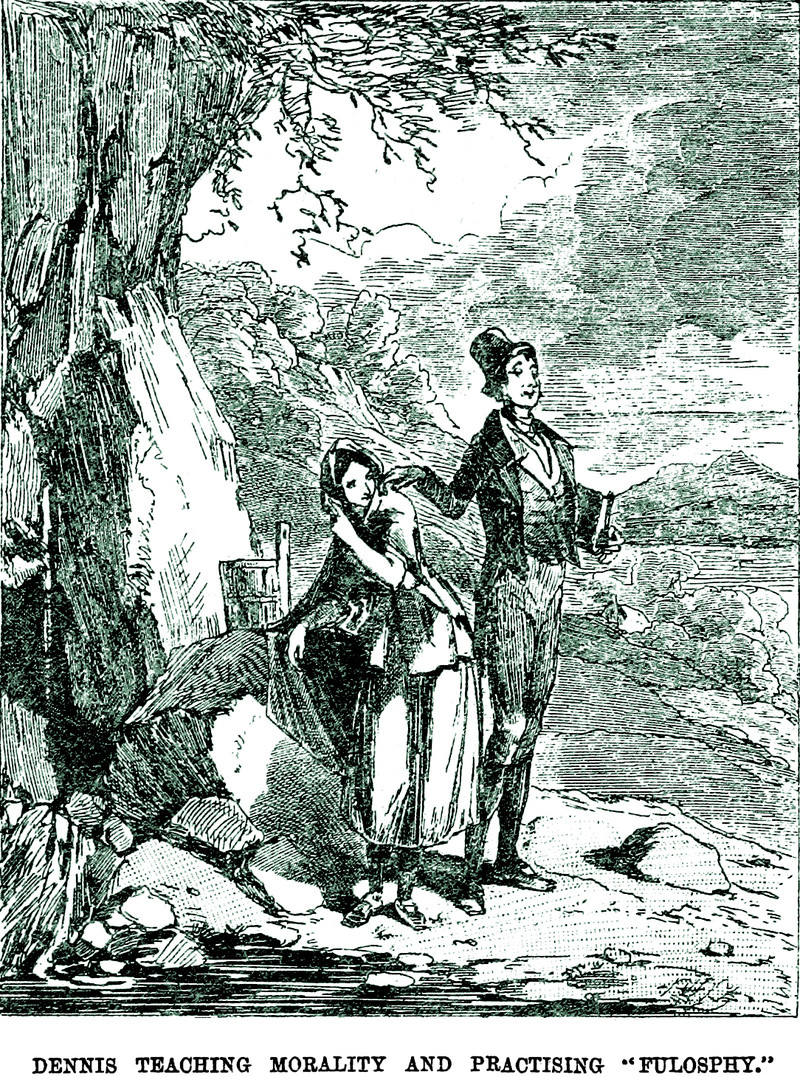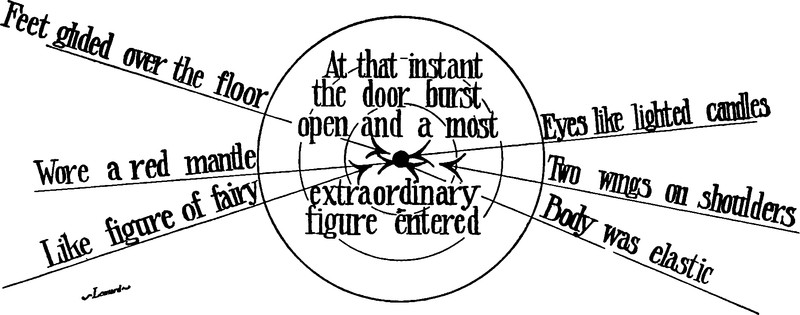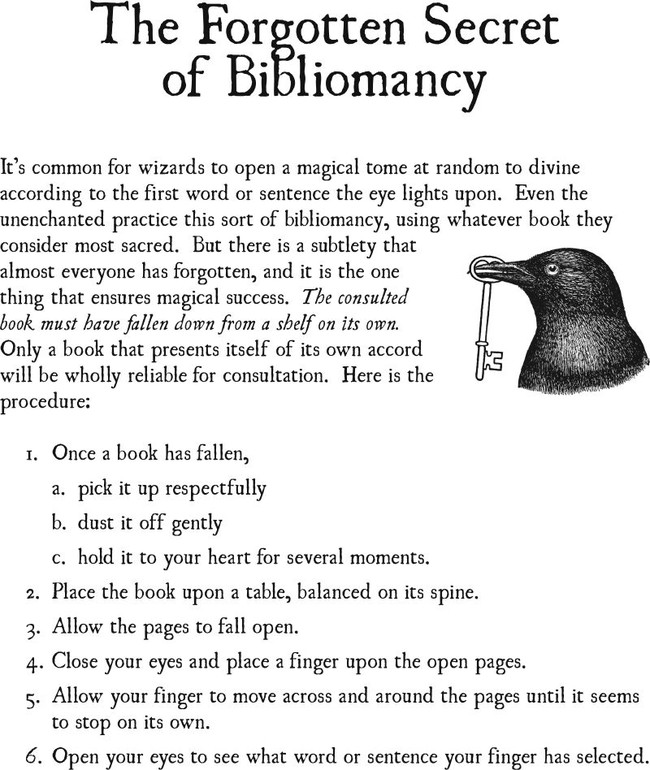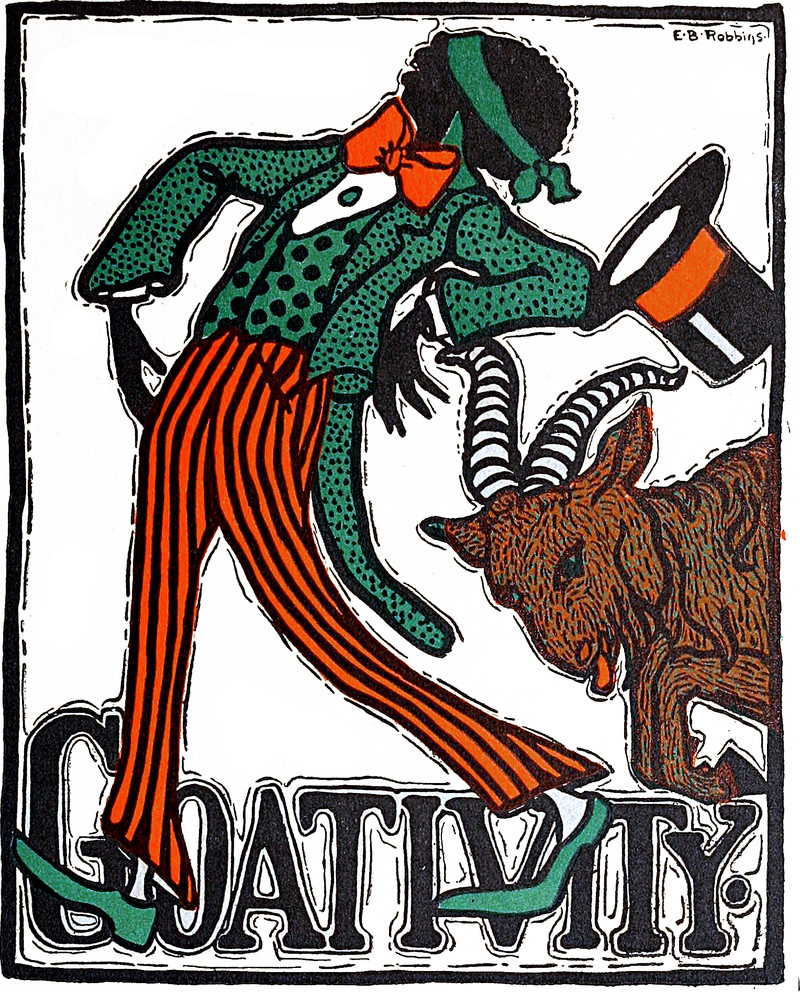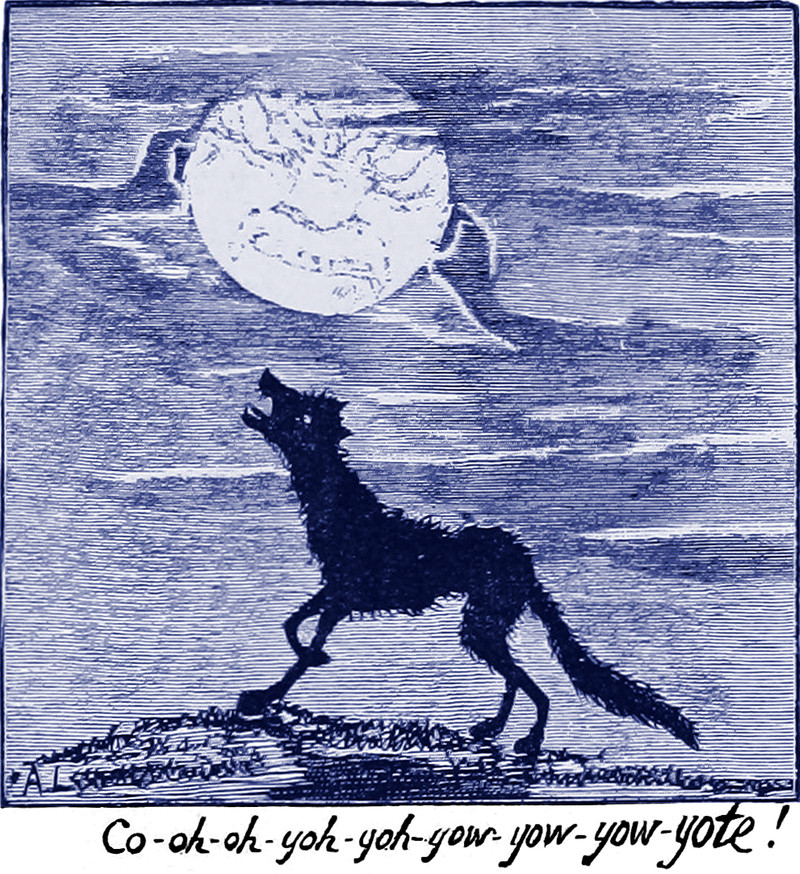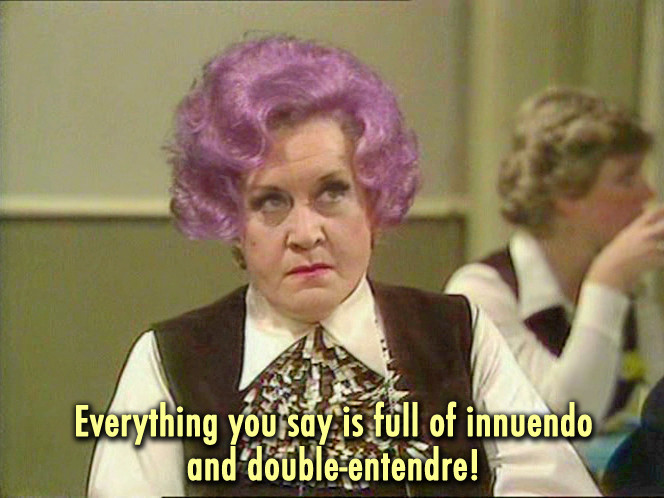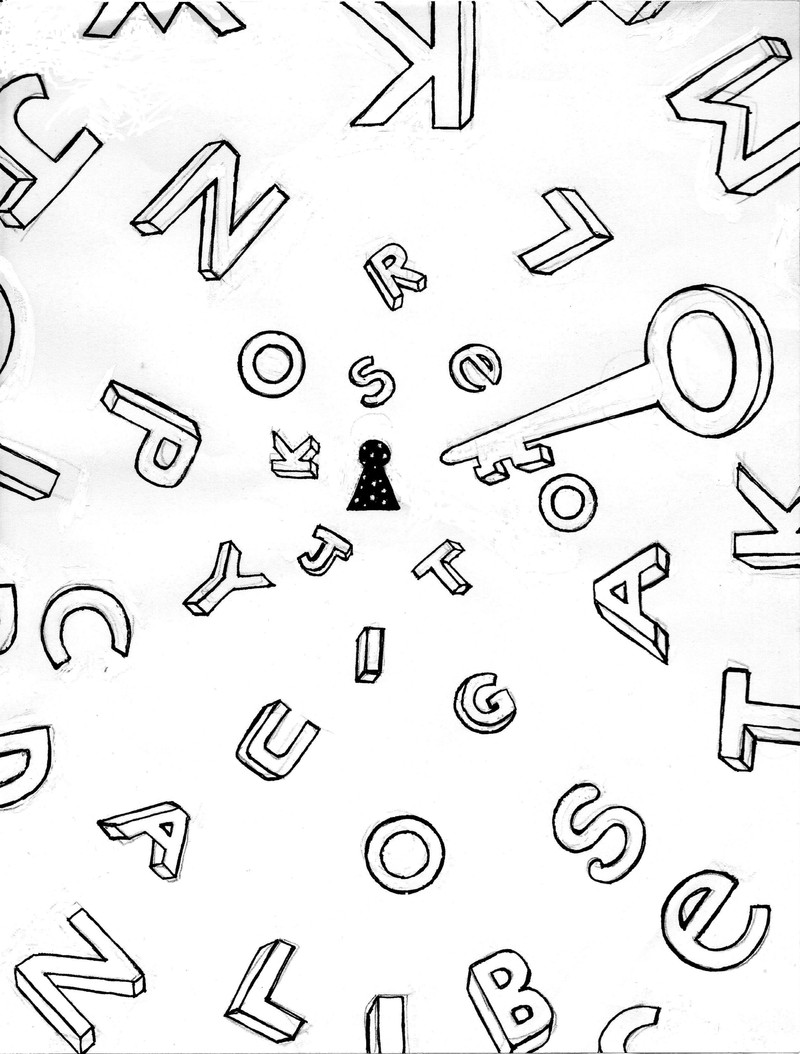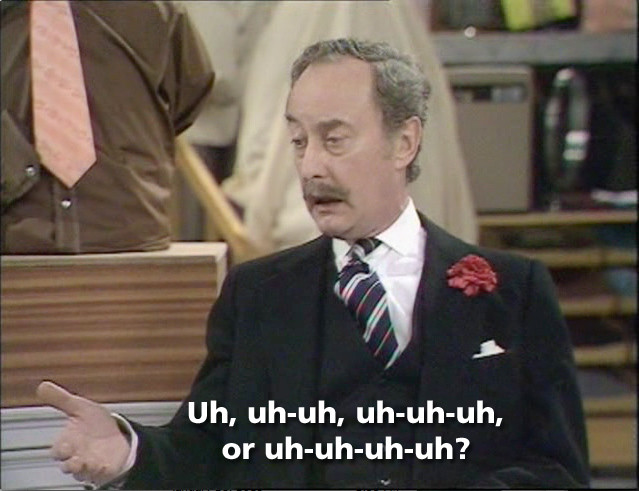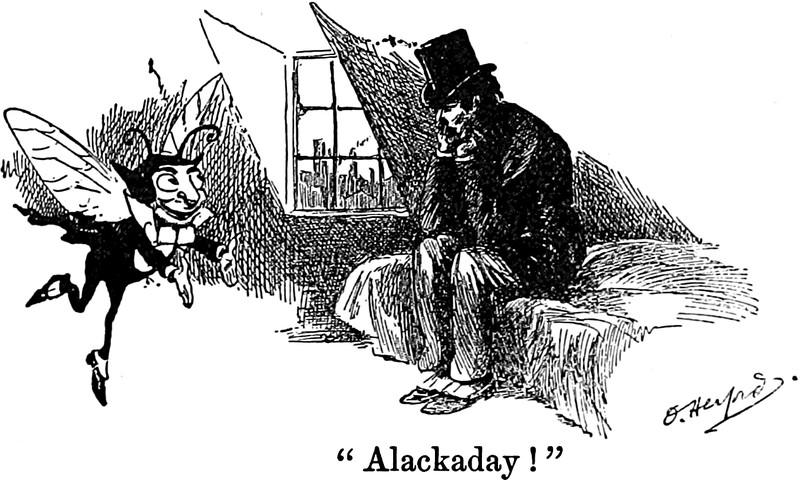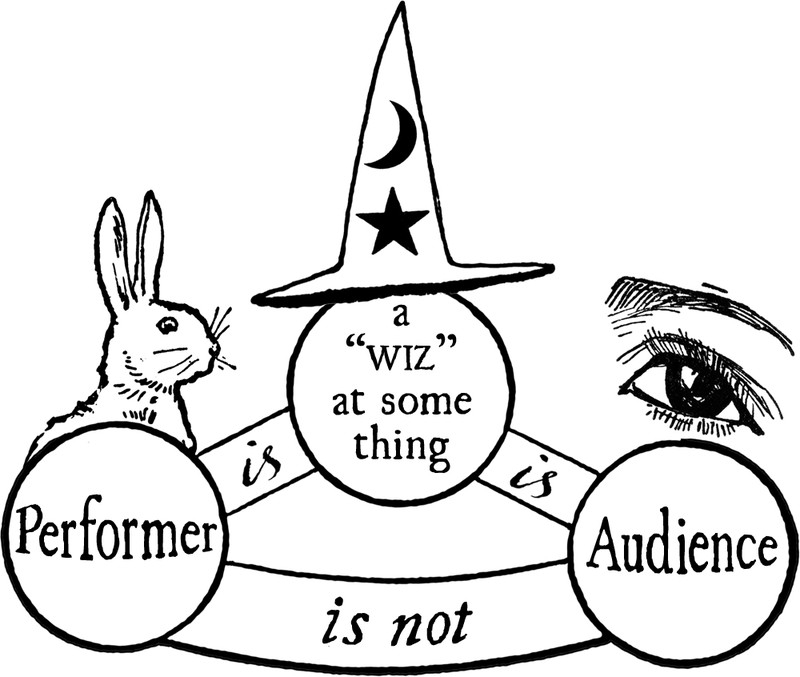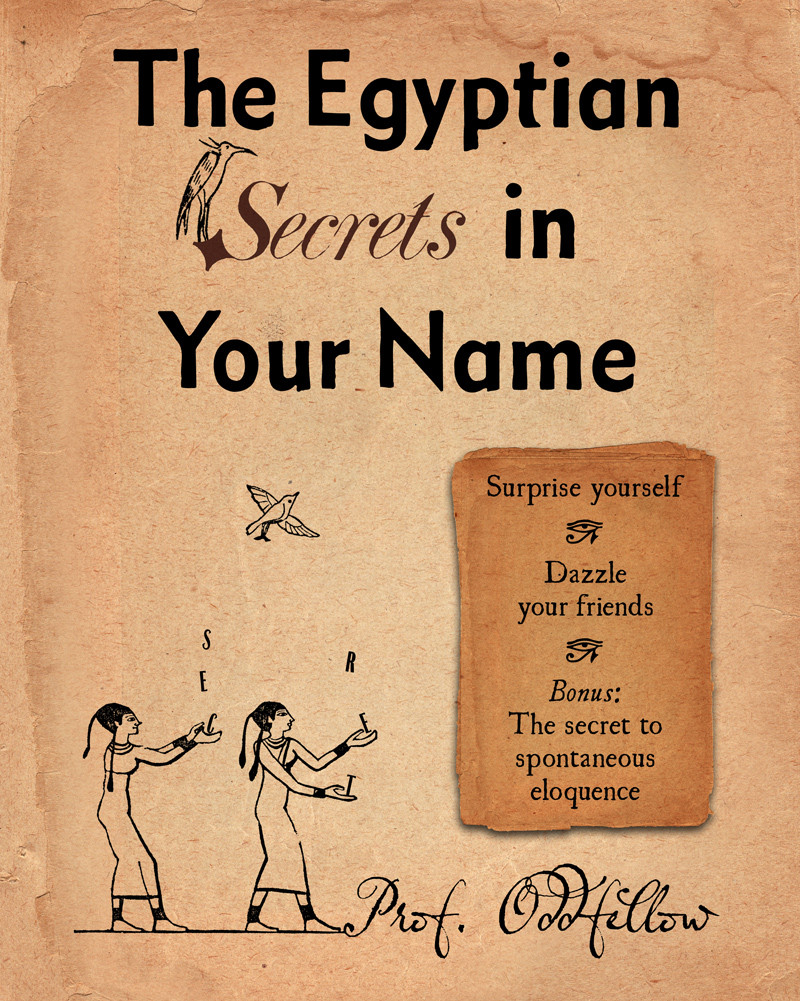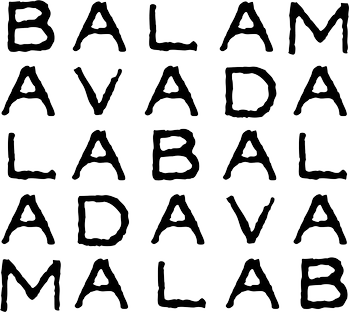



 |
|
|
 |
 |
 |
We checked, and we're pleased that our one and only bit of advice to writers is a Googlewhack. The only other person to have said this is the poet Eric Pankey, in The Journal of the Virginia Writing Project (Winter 2004): " Change all similes to metaphors." A simile, with that pesky word "like," "draws attention to itself as a simile" (which we ourselves say but which we found quoted elsewhere because things sound better when others say them, such as John Bird in Mark Twain and Metaphor, 2007, or, perhaps even better, S. J. Harrison in "Meta-Imagery: Some Self-Reflexive Similes in Latin Epic": "[a simile] draws attention to its own formal status as a comparison").
|


 |
|
|
 |
 |
 |
Thanks to the reviewer over at Amazon who rated our Hexopedia four stars: " Interesting read! So far, the effects are subtle, but they are there."
Meanwhile, here's a page from the book, revealing the forgotten secret of bibliomancy:
|











 |
|
|
 |
 |
 |

The following is from our guest piece for magician Jeff McBride's Museletter:
The most controversial word that magicians use might very well be “laypeople.” Its primary definition of course refers to a non-ordained member of a church, but that’s the least of the problem. We might do well to consider whether the very idea of laypeople is an illusion in itself. As a well-diplomaed philosopher, if my professor friend Larry chatted about the nature of reality with a stranger, that person wouldn’t strictly be a “layperson” but a fellow philosopher (even if to a lower “degree”).
The very concept of a layperson might put up invisible walls that are more of a disservice to the magician than to his or her participants in wonder. That’s because we all have specialized knowledge and experiences that others don’t, and if only we had a way of knowing how to communicate them, we’d all blow each other’s minds quite regularly. Sure, a magician may know the secret of a particular card trick that the participant doesn’t, yet a participant may be well-practiced in some other operation or art equally difficult or requiring flair. The participant may in fact know a card trick of his or her own, too, but not necessarily self-identify as a magician. The word “layperson” literally means a non-expert person, and is that how we’d describe our audiences (at least on our better days)?
A passage in César Aira's novelette The Literary Conference feels apropos, in that it's about how unlikely it is for any two people on earth to have read even just two of the same books, and how the unlikelihood increases exponentially for three books and so on:
An intellectual's uniqueness can be established by examining their combined readings. How many people can there be in the world who have read these two books: The Philosophy of Life Experience by A. Bogdanov, and Faust by Estanislao del Campo? Let us put aside, for the moment, any reflections these books might have provoked, how they resonated or were assimilated, all of which would necessarily be personal and nontransferable. Let us instead turn to the raw fact of the two books themselves. The concurrence of both in one reader is improbable, insofar as they belong to two distinct cultural environments and neither belongs to the canon of universal classics. Even so, it is possible that one or two dozen intellectuals across a wide swathe of time and space might have taken in this twin nourishment. As soon as we add a third book, however, let us say La Poussière de Soleil by Raymond Roussel, that number becomes drastically reduced. If it is not 'one' (that is, I), it will come very close. Perhaps it is 'two,' and I would have good reason to call the other 'mon semblable, mon frére.' One more book, a fourth, and I could be absolutely certain of my solitude. But I have not read four books; chance and curiosity have placed thousands in my hands. And besides books, and without departing from the realm of culture, there are records, paintings, movies ... All of that as well as the texture of my days and nights since the day I was born, gave me a mental configuration different from all others. [p. 9]
Indeed, every person has a unique mental configuration, meaning that we’re all fellow unlikelihoods, all brethren of wonder. What if no one of us has ever technically met a “layperson”? What would happen if a performer came on stage, looked at a sea of faces in the audience, and quoted Bob Neale about what an honor is it is to be in the presence of so many genuine magicians? Even at a pro-magicians-only conference, given just how manymagics there are (see Magic and Meaning by Eugene Burger and Robert E. Neale), who is technically ordained when there’s no one holy order, no one definition of kosher? How does the concept of a “layperson” serve us?
As Bob Neale has expressed it: "I am a magician . . . and so are you. We are all magicians—illusionists—who survive, take pleasure, and find meaning in life by means of the illusions we create. I am here to remind you that such magic runs rampant in our lives and that this is a good thing."
---
Max Maven adds:
George Bernard Shaw, 1906: "Every profession is a conspiracy against the laity."
|



Page 50 of 74

> Older Entries...

Original Content Copyright © 2025 by Craig Conley. All rights reserved.
|



